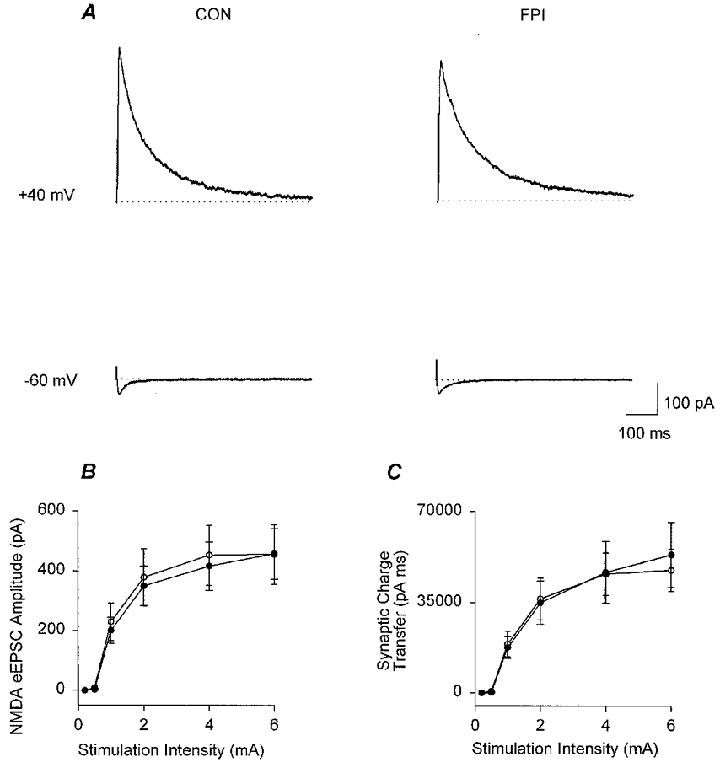Figure 6. Lack of a post-traumatic alteration in the NMDA receptor-mediated EPSC in granule cells.

A, means of representative traces are shown for granule cells from control (CON) and FPI rats, obtained in voltage clamp following stimulation of the perforant path in the presence of bicuculline (20 μM) and CNQX (10 μM), at +40 mV (upper traces), and at −60 mV (lower traces). Note the absence of the late component of the EPSC (compare lower traces with Fig. 4) in the presence of CNQX at −60 mV (the late component was also abolished by the selective AMPA receptor antagonist GYKI 53655; not shown). B and C, summary data showing the lack of a post-FPI alteration in the amplitude (B) and synaptic charge transfer (C) of the NMDA receptor-dependent EPSCs (measured at +40 mV; control, •, n = 7; FPI, ○, n = 10).
